 |

 |
|
Menu
—
Bearberry
—
Jack pine
—
Trembling aspen
—
Pin cherry
|
|
Arctostaphylos uva-ursi 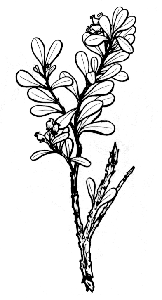 |
Bearberry Botanical Information
|
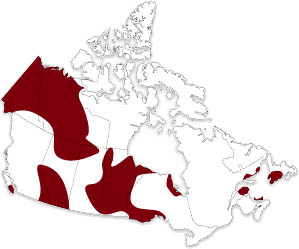 Can be found in
Can be found in
|
Points of Interest
|

|
|
Pinus banksiana 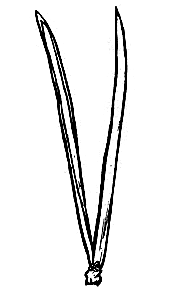 |
Jack pine Botanical Information
|
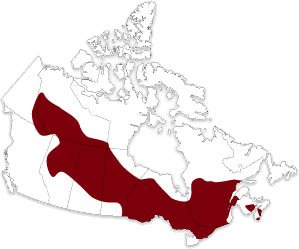 Can be found in
Can be found in
|
Points of Interest
|

|
|
Populus tremuloides 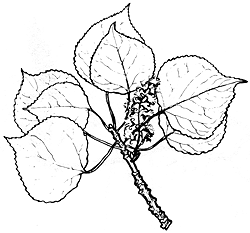 |
Trembling aspen Botanical Information
|
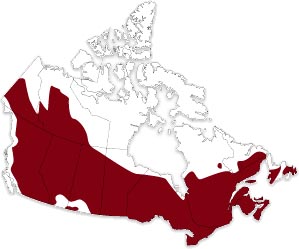 Can be found in
Can be found in
|
Points of Interest
|

|
|
Prunus pennsylvanica 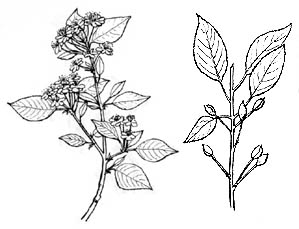 |
Pin cherry Botanical Information
|
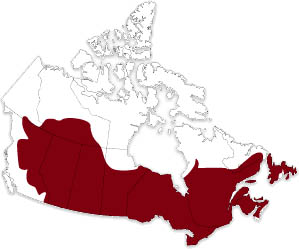 Can be found in
Can be found in
|
Points of Interest
|

|
|
Saxifraga oppositifolia 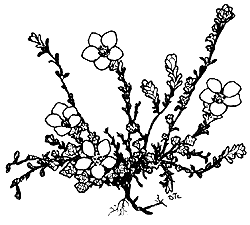 |
Purple saxifrage Botanical Information
|
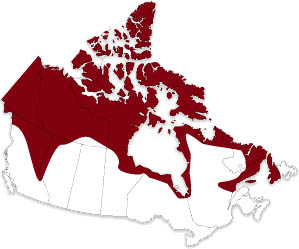 Can be found in
Can be found in
|
Points of Interest
|

|
|
Viburnum alnifolium 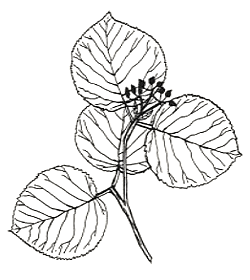 |
Hobblebush Botanical Information
|
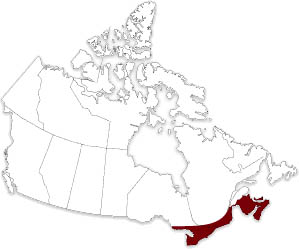 Can be found in
Can be found in
|
Points of Interest
|

|